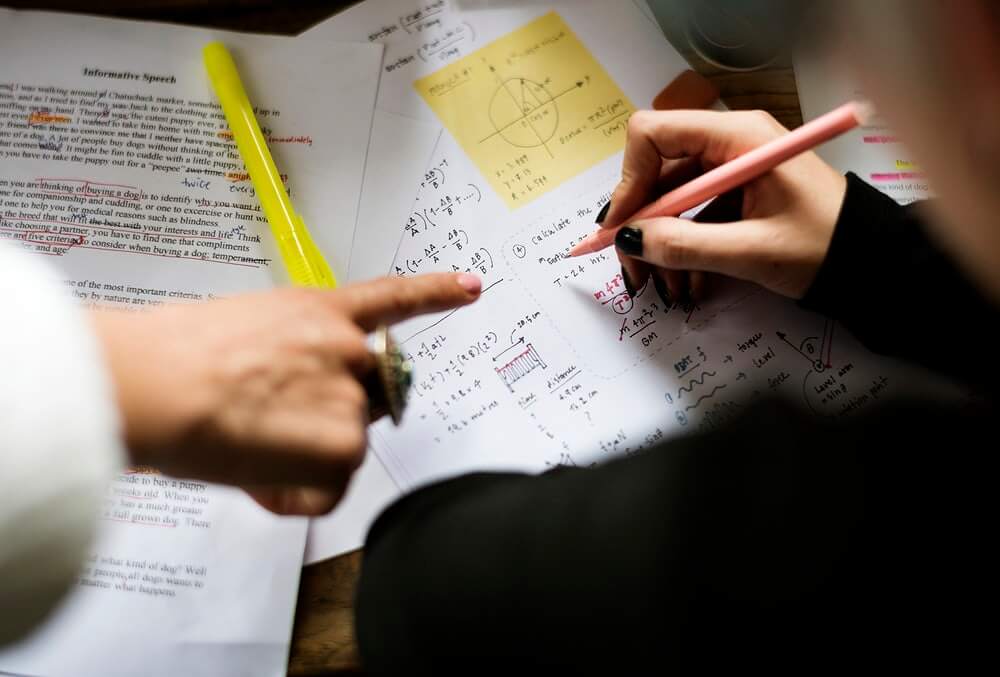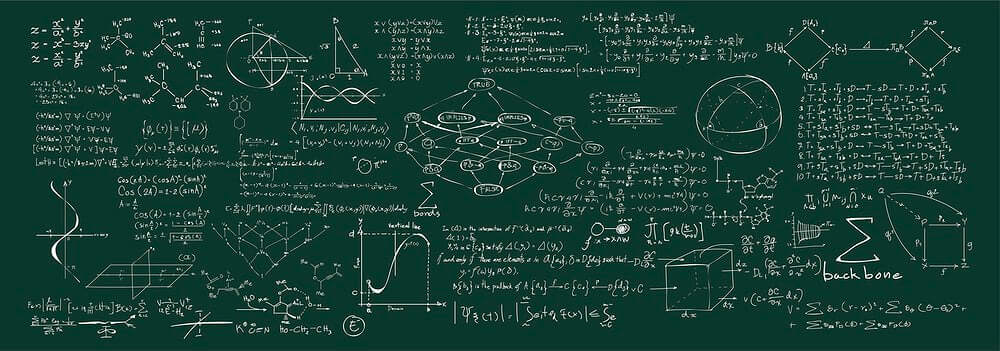
Cuemath is a student-friendly platform founded in 2013 that offers a Math program digitally. Here teachers analyze the math power of students and with different math approaches, they try to improve their skills to solve difficult problems which further boosts the confidence of students. In this article, we have discussed the basics of domain and range. Before going deep into the domain and range of a function, it is necessary to know what function it is.
What do you mean by function in mathematics?

The function is mathematics is one of the vital concepts that have various uses in the real life. It can be defined as an expression or law that defines a relationship between two variables. One is an independent variable and the other one is a dependent variable. In other words, it is a relationship between input (that is domain) and output (also known as co-domain) where the input is related to exactly one output. There are different types of function: subjective function, an injective function, polynomial function, and inverse function. The function in math can be represented as y = f(x). A function f9x) is represented on the graph for different values of x.
What do you mean by the domain and range of a function in mathematics?

Defining the domain of a function:
A domain of a function in mathematics can be defined as the set of all possible inputs for the given function. In simple words, it represents all values that go into a given function. Consider the function f(x) = 4x. Putting the values x = [1,2,3,4,5,……] in the function, the domain here is the set of all the natural numbers. To find the domain of the function having values in the fraction, two things are to be noticed, one that the denominator of the fraction is not equal to zero and the other thing is that the digit should be positive under the square root.
Defining the range of a function:
A domain of a function in mathematics can be defined as the set of all possible outputs for the given function. In other words, it can be defined as the derived set of the possible output of the dependent variables after substituting the domain of a given function. Consider the function f: A → B, where f(x) = 3x and, A and B are the set of natural numbers. In this case, A is the domain of a function and B is the codomain of a function. And the range is the output of the given function.
How domain and range of a function be found?

Finding the domain of a function:
As it is discussed above, to find the domain of a function two conditions should be fulfilled. One is that the value of independent variables at the bottom of a given fraction should be non-zero and another condition is that inside the square root there should be no negative sign.
The set having all real numbers is referred to as the domain of a function unless,
- The form of a given function f(x) = 3x + 6 of f(x) = – 3, the domain here is the set of all real values.
- The form of a given function f(x) = 1/(x-1), the domain here is the set of all real values except 1.
- Sometimes, interval is specified with the function f(x) = 5x + 7, 3 ˂ x ˂ 13. Here, values of x fall between 3 and 13.

Finding the range of a function:
Assume the function y = f(x).
- The spread of all values of a function y from lowest to highest is the range.
- In the given function y, substitute the values of x and see if values are equal to other values, positive or negative.
- In the end, find the lowest and highest value for y and draft a graph.
Conclusion

Through this article, it is clear that domain and range are two important components of function. Facing difficulty in solving complicated calculus problems? Don’t worry. Just go through the online classes organized by Cuemath.







